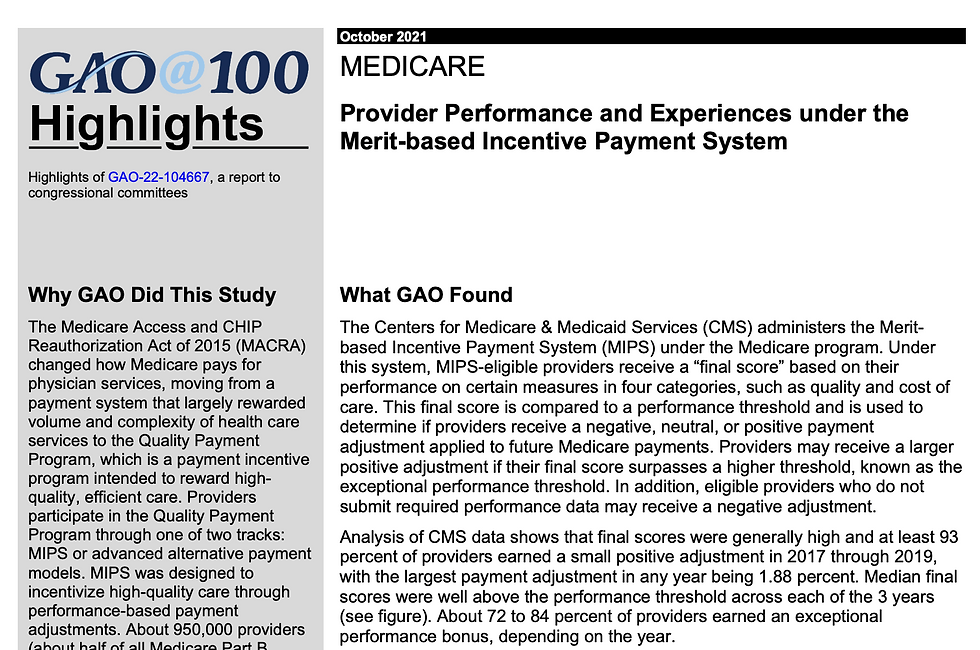Publication: Pathways to Support Population-Based Payment Models
- VSSL

- Oct 1, 2019
- 2 min read
Clinical pathways can be a key strategy for succeeding in value-based payment models. However, in contrast to their place in inpatient episode-based payment models (e.g., bundled payments), pathways have not been as widely touted as part of primary care population-based arrangements such as accountable care organizations (ACOs).

In the September issue of the Journal of Clinical Pathways, a team of VSSL members -- Drs. Leah Marcotte, Anders Chen, Catherine Hwang, and Joshua Liao -- write that despite high interest in pathways among primary care physicians, overall utilization remains low. The authors note that given limitations of “patient panel” strategies that adopt a population-wide view and encourage focus on improving performance on population-level measures, primary care-oriented patient-level clinical pathways can serve as meaningful complements to drive performance and help achieve payment model goals.
Drs. Marcotte, Chen, Hwang, and Liao emphasize the need for pathways that reflect features of primary care delivery:
1. Cadence of care delivery
2. Timeline for expected quality improvements and/or cost reductions
3. Teaming
4. Breadth of clinical focus
The authors then articulate design features that should be considered in designing such pathways:
1. Starting and Ending Points
2. Prioritization of Condition-Based Pathways Based on Breadth of Impact
3. Specialist Engagement for Clinically Complex Patients
4. Non condition-Based Pathway Definitions
5. Workflow Integration
The full study abstract:
While clinical pathways have been identified as a key strategy for
succeeding under inpatient episode-based payment models, they have not
been widely touted as part of primary care population-based arrangements
such as accountable care organizations (ACOs). In fact, despite high interest in
pathways among primary care physicians, overall utilization remains low. Given
limitations of “patient panel” strategies that adopt a population-wide view
and encourage focus on improving performance on population-level measures,
primary care-oriented patient-level clinical pathways can serve as meaningful
complements to drive performance and help achieve payment model goals.
Several unique features of primary care delivery will impact pathway creation
and implementation, including cadence of care delivery, timeline for expected
quality improvements and/or cost reductions, teaming, and breadth of clinical
focus. To integrate these features, we propose several considerations for
designing primary care-oriented pathways within ACO-type arrangements. In
particular, careful attention should be paid to design considerations, eg, starting
and ending points, prioritization of condition-based pathways based on
breadth of impact, specialist engagement for clinically complex patients, use
of non condition-based pathway definitions, and workflow integration. These
are critical elements to ensure that primary care clinical pathways can help organize
and improve outcomes and reduce costs in ACOs and other population based
payment models.
.jpg)



Comments